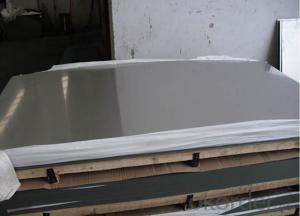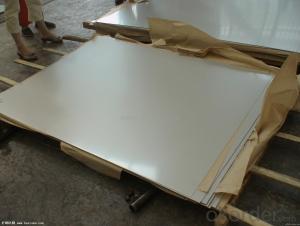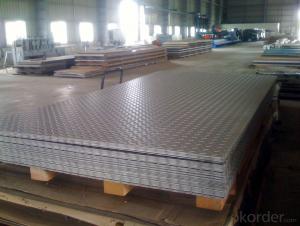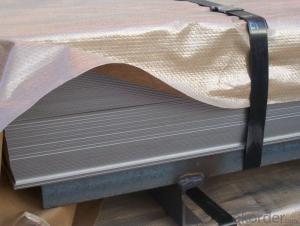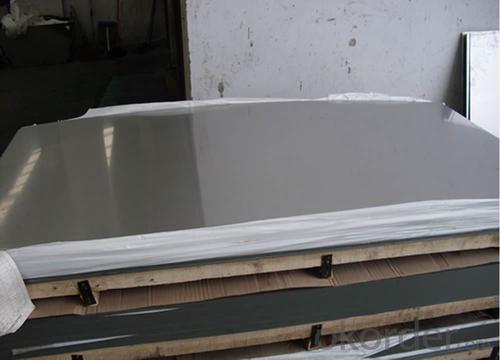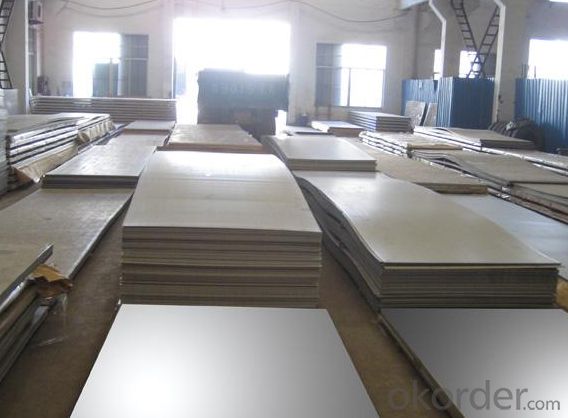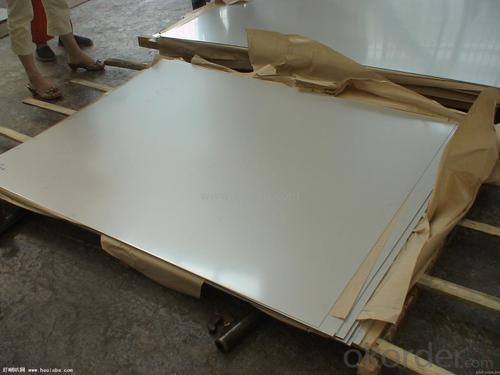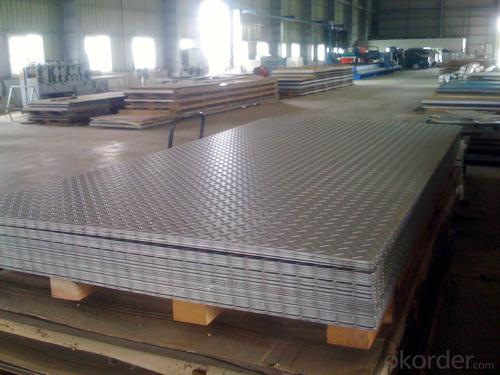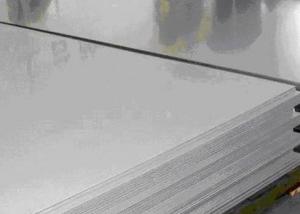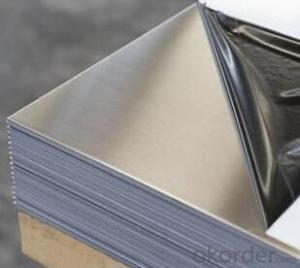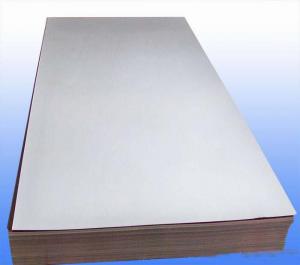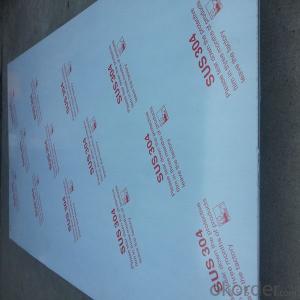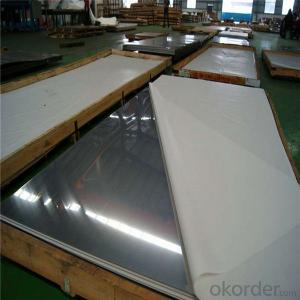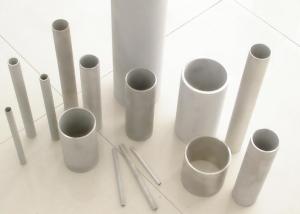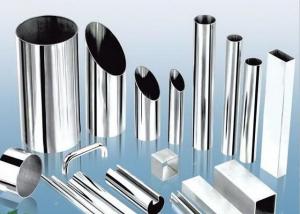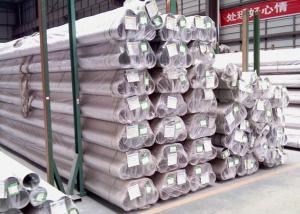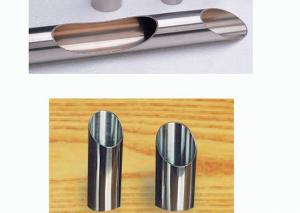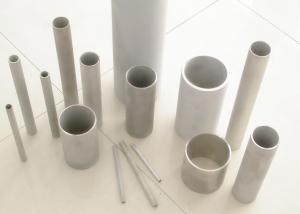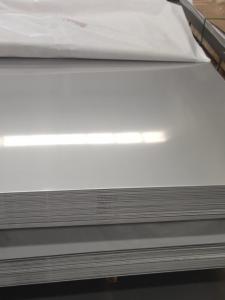Stainless Steel Sheet/Plate 316L for Chemical Processing Equipments
- Loading Port:
- Shanghai
- Payment Terms:
- TT or LC
- Min Order Qty:
- 1000 m.t.
- Supply Capability:
- 8500000 m.t./month
OKorder Service Pledge
OKorder Financial Service
You Might Also Like
Stainless Steel Sheet/Plate 316L for Chemical Processing Equipments
Description of Stainless Steel Sheet/Plate 316L for Chemical Processing Equipments:
Stainless steel is a production which not easy rust,acid resistance and corrosion resistance,so it is widelyused in light industry,heavy industry,daily necessities and the decoration industry.my company long-termsupply stainless steel porducts including:stainless steel sheet,stainless steel coil and stainless steel tube.
Main Features of Stainless Steel Sheet/Plate 316L for Chemical Processing Equipments:
•Escalator, Elevator, Doors
•Furniture
•Production tools, Kitchen appliances, freezers, cold rooms
•Auto Parts
•Machinery and Packaging
•Equipment and Medical devices
•Transport system
Application of Stainless Steel Sheet/Plate 316L for Chemical Processing Equipments:
Stainless steel’s resistance to corrosion and staining, low maintenance and familiar lustre make it an ideal material for many application
s.There are over 150 grades of stainless steel, of which fifteen are most commonly used. The alloy is milled into coils, sheets, plates,
bars, wire, and tubing to be used in cookware, cutlery, household hardware, surgical instruments, major appliances, industrial equipme
nt Storage tanks and tankers used to transport orange juice and other food are often made of stainless steel, because of its corrosion re
sistance and antibacterial properties. This also influences its use in commercial kitchens and food processing plants, as it can be steam
cleaned and sterilized and does not need paint or other surface finishes..
Specifications of Stainless Steel Sheet/Plate 316L for Chemical Processing Equipments:
Description | steel sheet,hot rolled steel sheet,cold rolled steel sheet, steel sheet,sheet,steel plate |
Standard | ASME, ASTM, EN ,BS,GB,DIN, JIS etc |
Application | Steel sheet applies to construction field, ships building industry, petroleum & chemical industries, war and electricity industries, food processing and medical industry, boiler heat exchanger, machinery and hardware fields. |
Packaging | Standard export sea-worthy packing |
Delivery time | 10-30 days |
Quality | No.1 |
Productivity | 500 tons/Day |
Note | Our company has cooperative relation between the domestic agents. Stainless steel sheet can be made accordingto the customers requirements. Fasten delivery. Quality assured. |
Contacts | If you have any question,please feel free contact me. |
Surface Finish Characteristics Stainless Steel Sheet/Plate 316L for Chemical Processing Equipments:
| Surface finish | Characteristics and application |
| 2B | The surface brightness and flatness of no2B is better than no2D. then through a special surface treatment to improve its mechanical properties,No2B could nearly satisfy comprehensive uses. |
| No.1 | Polished with abrasive belt of grit#100-#200, have better brightness with discontinuous coarse stria, used as inner and external ornaments for building, electrical appliances and kitchen utensils etc. |
| No.4 | Polished with abrasive belt of grit #150-#180,have better brightness with discontinuous coarse stria, but thinner than No3, are used as bathtub buildings inner and external ornaments electrical appliances kitchen utensils and food processing equipment etc. |
| HL | Polished with abrasive belt of grit #150-#320 on the NO.4 finish and has continuous streaks, mainly used as buildings ornaments elevators, door of building, frontal plate etc. |
| BA | Cold rolled, bright annealed and skin-passed, the product have excellent brightness and good reflexivity like mirror, kitchen apparatus, ornament etc. |
| 8K | The product have excellent brightness and prefer reflexivity can to be the mirror. |
Images of Stainless Steel Sheet/Plate 316L for Chemical Processing Equipments:
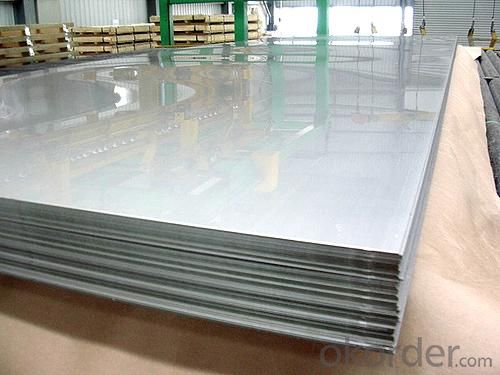
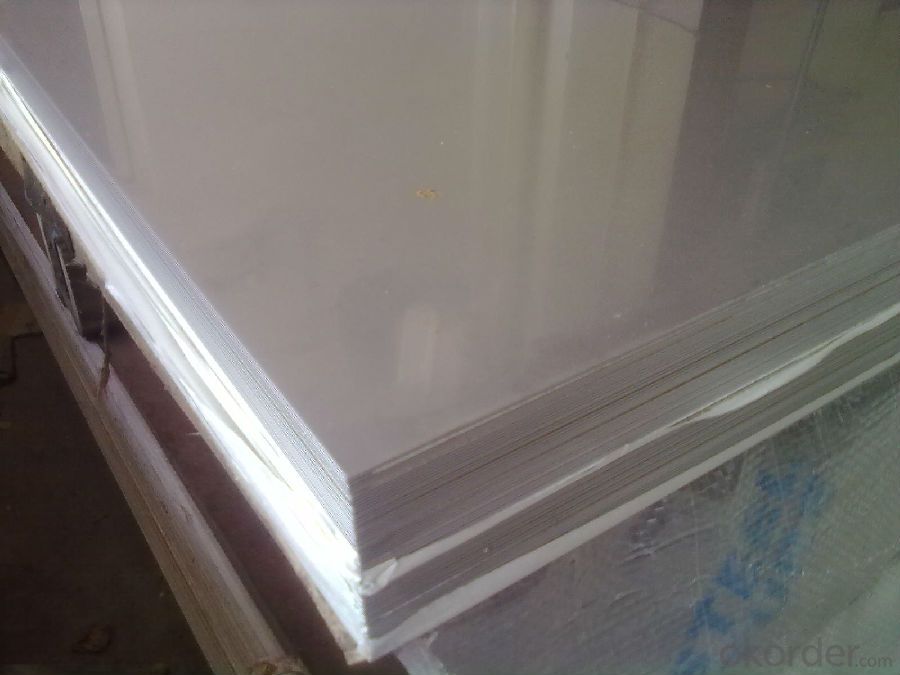
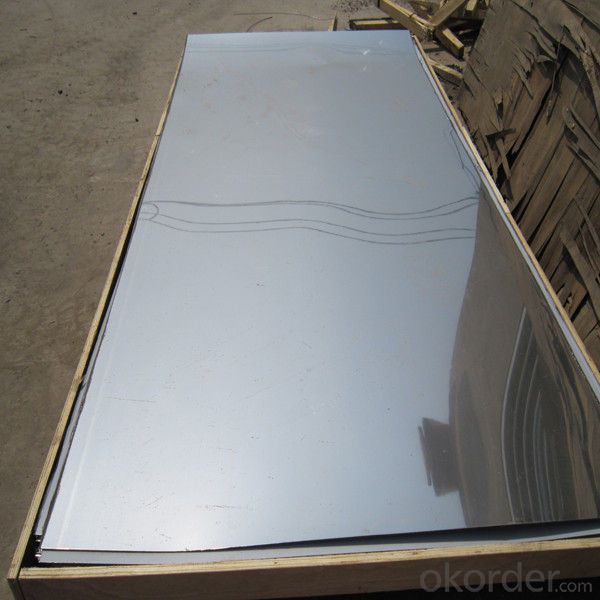
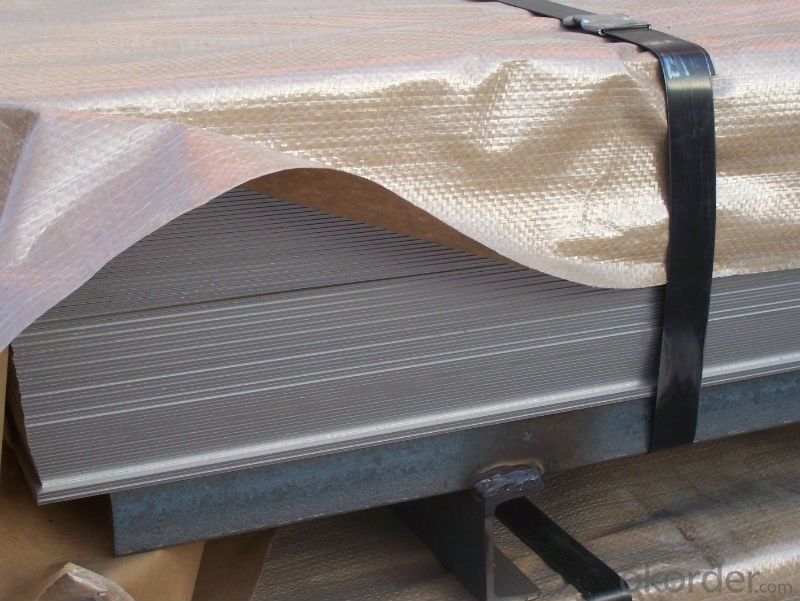
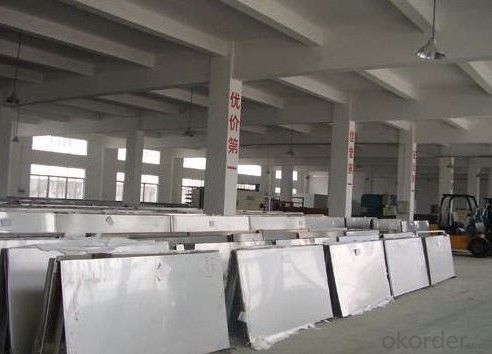
Sandard Seaworth Packing(wooden packing with water proof paper):
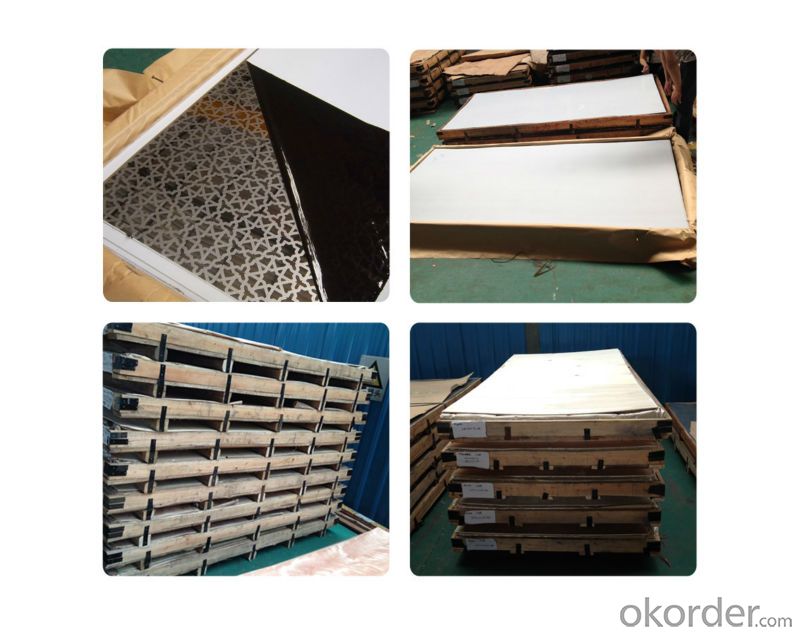
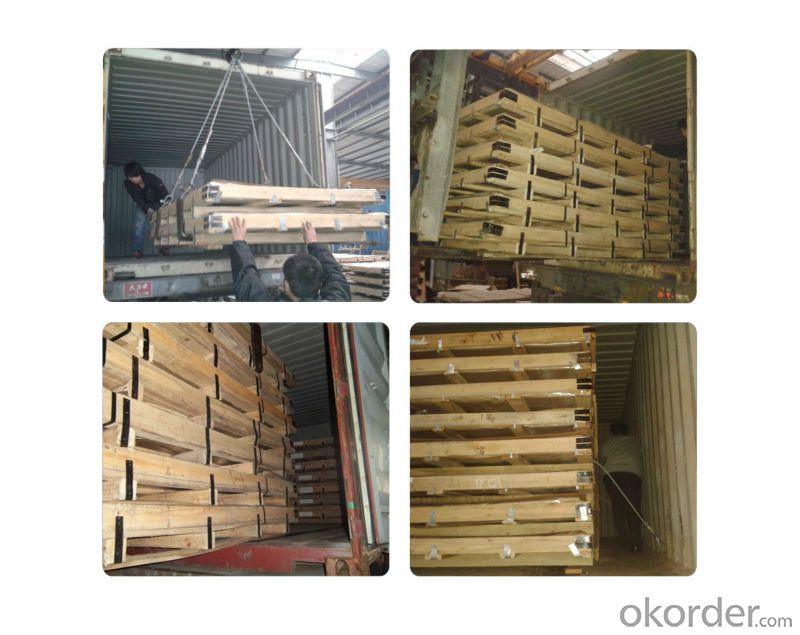
FAQ of Stainless Steel Sheet/Plate 316L for Chemical Processing Equipments:
1. What are we supplying?
We are specialized in producing stainless steel coil, stainless steel (plate/sheet), and duplex stainless steel for a prelonged period. We are currently supplying grade of steel of 201/202,304/304L, 310S/309S/316L/316Ti/321, 410/420/430/443/444/409L, and 904L.
2. How Many years experience do we have?
We have been exported to more than 20 countries in the past 15 years.
3. How long do we usually reply your request?
We always reply our customer within 24 hours.
If you have any question about stainless steel sheets,donot forget to sending the email to Us! You will get the competitive Price and have a very good experience about the Buying Process! CNBM International Corporation is always your trustful friend!
- Q: Can stainless steel sheets be used for elevator mirrors?
- Certainly! Elevator mirrors can indeed be made using stainless steel sheets. Stainless steel, being both durable and versatile, is a favored material for elevator interiors due to its sleek and polished look. By polishing stainless steel sheets to a mirror-like finish, they can be effectively utilized as reflective surfaces for elevator mirrors. Furthermore, stainless steel's resistance to corrosion makes it well-suited for the humid and frequently challenging conditions typically encountered in elevators.
- Q: 304 stainless steel plate surface quality inspection method which has several?
- If uneven surface oxide thickness of stainless steel plate, the surface of base metal thick smooth places and thin places following different degrees of surface and acid dissolved and oxidized surface oxide skin skin attachment site base metal by the acid erosion degree is different, so the steel plate surface is not uniform. Therefore, when the heat treatment is heated, the oxide scale must be uniformly formed. To achieve this, we must pay attention to the following problems: stainless steel plate in the heating oil if the workpiece surface, oil adhesion of oxide thickness parts and other parts of the oxide thickness and composition is different, and will produce carburizing.
- Q: What is the fire rating of stainless steel sheets?
- The fire rating of stainless steel sheets is typically determined based on their thickness and the specific grade of stainless steel employed. Stainless steel possesses inherent fire-resistant characteristics, as it does not readily melt, ignite, or aid in the propagation of flames. Nonetheless, the fire rating might differ depending on the intended use and the regulatory standards adhered to. Generally speaking, stainless steel sheets are regarded as possessing commendable fire resistance. However, if a precise fire rating is necessary, it is advisable to seek guidance from the manufacturer or a fire protection engineer for more precise information.
- Q: Are stainless steel sheets suitable for medical equipment?
- Yes, stainless steel sheets are suitable for medical equipment. Stainless steel is a popular choice for medical equipment due to its excellent corrosion resistance and durability. It is easy to clean and sterilize, making it suitable for use in healthcare settings where cleanliness and hygiene are crucial. Additionally, stainless steel has a high strength-to-weight ratio, allowing for the construction of lightweight yet sturdy medical equipment. It also has a low magnetic permeability, making it ideal for applications where electromagnetic interference needs to be minimized. Overall, stainless steel sheets are a reliable and practical choice for manufacturing medical equipment.
- Q: Can stainless steel sheets be used for railway station facades?
- Yes, stainless steel sheets can be used for railway station facades. Stainless steel is a durable and corrosion-resistant material that can withstand various weather conditions. Its aesthetic appeal and low maintenance requirements make it a suitable choice for enhancing the appearance and functionality of railway station facades.
- Q: How do you remove heat discoloration from stainless steel sheets?
- To remove heat discoloration from stainless steel sheets, there are a few different methods you can try. One common method is to use a stainless steel cleaner or polish specifically designed to remove heat discoloration. These products often contain mild abrasives that can help to remove the discolored layer. Follow the instructions on the product and apply it to the affected area using a soft cloth or sponge. Rub gently in a circular motion, then rinse with water and dry thoroughly. Another method involves using a mixture of baking soda and water. Create a paste by mixing equal parts baking soda and water. Apply the paste to the discolored area and gently rub it in using a soft cloth. Rinse with water and dry thoroughly. If the discoloration is stubborn and the above methods haven't worked, you can try using a stainless steel scratch eraser or a fine-grit sandpaper. Be cautious when using these methods as they can potentially scratch the stainless steel surface. Always test in a small inconspicuous area first and proceed with caution. It's important to note that prevention is key in avoiding heat discoloration on stainless steel sheets. Using heat-resistant pads or trivets under hot pots and pans can help prevent heat transfer to the stainless steel surface. Additionally, avoiding direct contact with high heat sources, such as placing stainless steel sheets too close to stovetops or ovens, can also prevent discoloration.
- Q: How do you put the mirror panel on the stainless steel panel?
- Stainless steel hot rolled plate mirror polishing (mirror, polishing)In recent years, more and more requirements for polishing of stainless steel hot rolled plate, and even mirror polishing have been demanded. The treatment of hot rolled plate is quite different from that of cold rolled plate, and the whole process is more complicated and difficult to handle than cold rolled plate.
- Q: What is the thermal expansion coefficient of stainless steel sheets?
- The thermal expansion coefficient of stainless steel sheets varies depending on the specific grade and composition of the stainless steel. However, in general, stainless steel has a lower thermal expansion coefficient compared to other metals. The coefficient of thermal expansion for stainless steel sheets typically ranges between 10.8 x 10^-6 to 18.0 x 10^-6 per degree Celsius. It is important to note that this coefficient may vary slightly for different types of stainless steel alloys.
- Q: Are stainless steel sheets suitable for petrochemical refineries?
- Yes, stainless steel sheets are suitable for petrochemical refineries. Stainless steel is a highly corrosion-resistant material that can withstand harsh environments and extreme temperatures, making it ideal for use in petrochemical refineries. It offers superior resistance to chemicals, acids, and caustic materials commonly found in refining processes. Additionally, stainless steel sheets have excellent mechanical properties and can withstand high pressure and stress, ensuring durability and reliability in refinery operations. The non-porous surface of stainless steel also prevents the accumulation of bacteria and other contaminants, making it hygienic and easy to clean. Overall, stainless steel sheets are a preferred choice in petrochemical refineries due to their exceptional corrosion resistance, mechanical strength, and ease of maintenance.
- Q: Are stainless steel sheets suitable for outdoor railings?
- Yes, stainless steel sheets are suitable for outdoor railings. Stainless steel is highly resistant to corrosion and has excellent durability, making it a popular choice for outdoor applications. It is also able to withstand harsh weather conditions, including rain, snow, and UV radiation, without losing its structural integrity or appearance. Stainless steel railings are low maintenance and easy to clean, making them a practical and long-lasting option for outdoor spaces. Additionally, stainless steel sheets offer a sleek and modern aesthetic, enhancing the overall look and feel of any outdoor railing system.
Send your message to us
Stainless Steel Sheet/Plate 316L for Chemical Processing Equipments
- Loading Port:
- Shanghai
- Payment Terms:
- TT or LC
- Min Order Qty:
- 1000 m.t.
- Supply Capability:
- 8500000 m.t./month
OKorder Service Pledge
OKorder Financial Service
Similar products
Hot products
Hot Searches
Related keywords
